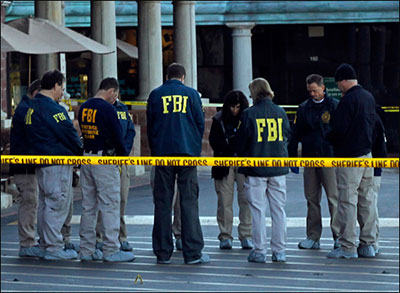
FBI Releases 2013 Stats for Officers Killed in Line of Duty
- By Ralph C. Jensen
- May 23, 2014
 FBI statistics released earlier this month show that 27 law enforcement officers were felonious killed in the line of duty in 2013, a decrease of more than 44 percent when compared to the 49 officers killed in 2012. By region, 15 officers died as a result of criminal acts that occurred in the South, six officers in the West, four officers in the Midwest, and two in the Northeast.
FBI statistics released earlier this month show that 27 law enforcement officers were felonious killed in the line of duty in 2013, a decrease of more than 44 percent when compared to the 49 officers killed in 2012. By region, 15 officers died as a result of criminal acts that occurred in the South, six officers in the West, four officers in the Midwest, and two in the Northeast.
By circumstance, seven officers were killed as a result of ambushes—four during unprovoked attacks and three due to entrapment/premeditated situations. Five officers died from injuries inflicted as a result of answering disturbance calls—three of which were domestic disturbances—and five officers were engaged in tactical situations. Three officers sustained fatal injuries while they were investigating suspicious persons or circumstances, three were conducting traffic pursuits or stops, and three officers were responding to robberies in progress or pursuing robbery suspects. One officer was killed as a result of an investigative activity.
Offenders used firearms in 26 of the 27 felonious deaths. These included 19 incidents with handguns, five incidents with rifles and two incidents with shotguns. One victim officer was killed with a vehicle used as a weapon.
Nineteen of the slain officers were confirmed to be wearing body armor at the times of the incidents. Six of the officers fired their own weapons, and three officers attempted to fire their service weapons. Two victim officers had their weapons stolen; one officer was killed with his own weapon.
Photo courtesy of: www.fbi.gov
About the Author
Ralph C. Jensen is the Publisher/Editor in chief of Security Today magazine.